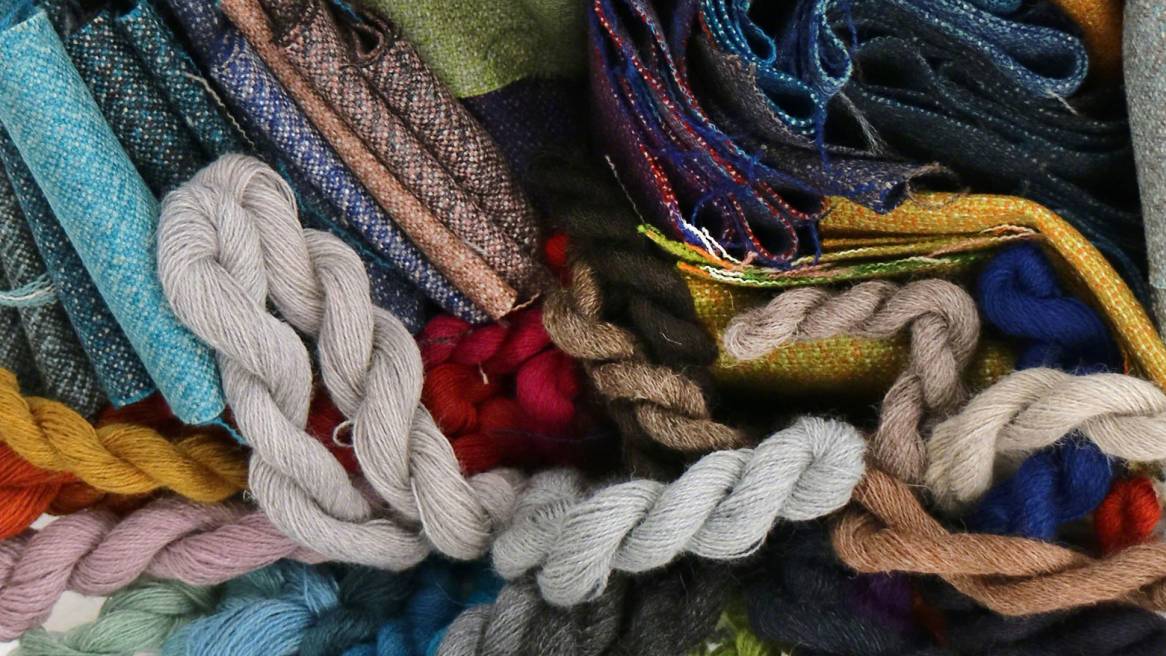Restoration Office
How Biophilia Reduces Stress and Promotes Renewal at Work
Today, more than half of the world’s population lives in urban areas, and according to the U.S. Environmental Protection Agency, the average American spends nearly 90 percent of their time inside. Yet nature and the outdoors have a powerful hold on our wellbeing.
These are the places we’re drawn toward, the elements that we recharge in and that bring us respite. Humans evolved in nature’s rich, varied environments. So how do we learn from nature and create equally varied environments inside? As modern work is evolving to require more creativity and connection, designers are turning to biophilia, the principle that human beings have an innate desire to connect and bond with nature, to help workers thrive. The elements of biophilic design have been found to be building blocks of emotional, cognitive and physical wellbeing, including productivity, happiness, stress reduction, learning and healing. One study of workers in Europe (Human Spaces Global Report by Interface) reports levels of wellbeing and productivity increase by 13 percent in environments containing natural elements. Far from being superficial or ornamental, nature is an integral factor in the creation of vital workplaces.
Researchers at Steelcase studying wellbeing discovered that the presence of nature was a predominant advantage that could be explored for healthier outcomes in the workplace. Based on the work of pioneers E.O. Wilson and Stephen Kellert and culled from other wide-ranging sources, Steelcase researchers and industrial designers developed a framework for the range of ways humans interact with nature. This led to recommendations about design inspirations and applications specifically for the work environment.
“It’s about tricking our brains to feel like we’re in a natural environment by triggering underlying patterns that we’re programmed to recognize and feel good in.”
John HamiltonDesign Director, Coalesse
The problem is that workplaces have become draining, dull and disconnected over time as they’re optimized for efficiency and scale. The average antiseptic, gray office can literally signal to the deepest part of the brain that it’s a barren place that won’t sustain life, which is why people generally can’t wait to get away from them. A surprising number of workers are still deprived of simple access to nature: According to the Human Spaces Global Report, 42 percent of office workers have no access to natural light, 55 percent have no greenery and seven percent lack a window within their environment. “We wanted to see how the restorative effects of nature could reverse that deprivation and inform our approach for designing healthy work experiences that are both creative and productive,” explains Beatriz Arantes, senior researcher at Steelcase.
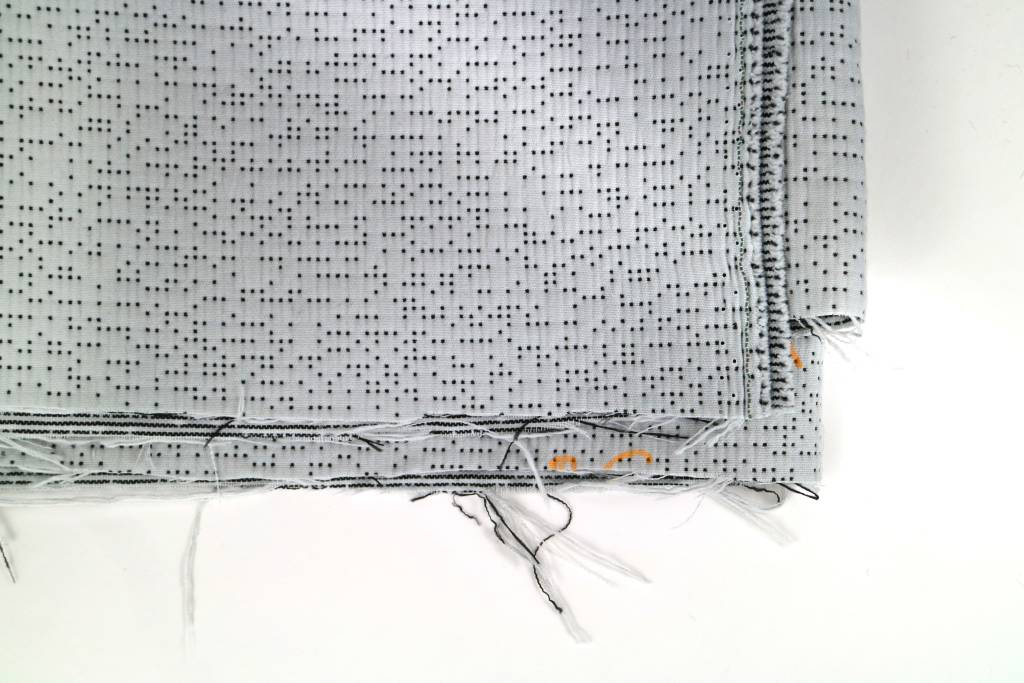
According to environmental psychologist Stephen Kaplan, nature powerfully engages the mind with “involuntary fascination,” which actually helps to restore directed attention and focus. The result is an effortless mindfulness that promotes stress reduction and renewal while stimulating curiosity and imagination. Kaplan further holds that people can concentrate better after spending time in nature. The Human Spaces Report confirms that people with a view of natural elements, such as trees, water or countryside, report greater levels of wellbeing than those looking over more urban settings of buildings, roads or construction sites.

Design is the tool that can interpret nature in many more accessible ways, to activate our innate sense of places that are calming, pleasurable and secure. Arantes adds that these expressions of nature aren’t limited to an explicit or literal translation. “It’s about tricking our brains to feel like we’re in a natural environment, by triggering underlying patterns that we’re programmed to recognize and feel good in.”
It is striking to consider that sizable worker absences can be attributed to office design that provides no contact with nature. Spaces developed with properties of biophilic design consequently make a compelling business case. By reincorporating the pull of nature into multi-sensory experiences, businesses can attract and retain talent in evocative environments that alleviate many modern stressors and improve employee perceptions. Biophilic design will help people gain the feeling that they have the places to settle, explore, adapt and be creative. Those benefits lead to stronger connection and collaboration as well as trust in the ability to rejuvenate at work.
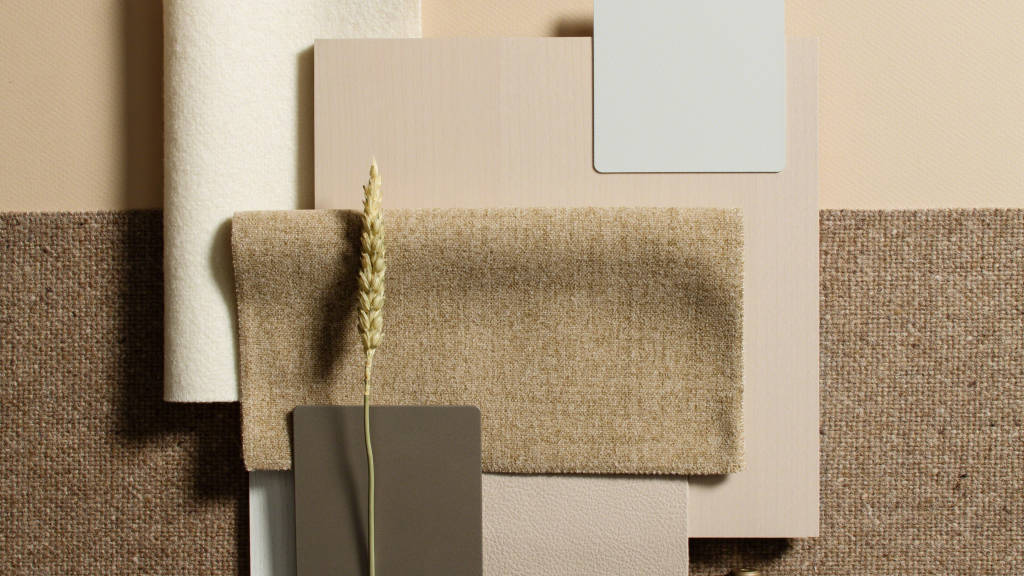
The Four Facets of the Human Experience with Nature
Many attempts to integrate nature into workplace design remain shallow or literal: a screened print of a field of grass; leaves etched onto a glass tabletop. The following facets offer a more nuanced perspective:
Sensory Richness
Sensory-rich environments include layers of color, pattern, texture and other elements that surround the senses. Engaging multiple senses creates experiences of renewal and inspiration and many design sources of sensory richness will boost attention and reduce stress. For example, the severe right angles and flat colors often used in office spaces don’t appear in nature. Instead, nature provides a vocabulary of beautiful organic shapes, such as hexagons, spirals, spikes and spheres. Rounded forms like domes, arches and vaults provide psychological comfort. Natural colors and materials drawn from the landscape and the elements add depth and feel refreshing and grounding. Live elements within an office space, such as plants, have been shown to help prevent fatigue around tasks that demand high concentration.
Natural Rhythms and Signals
People will acclimate to the indoor environment better and experience improvements in mood and sleep when factors such as views, or fluctuations in light, length of day and temperature are more attuned to what’s happening outside. Natural light and color of light can support these rhythms by counteracting the flatness of artificial lighting and the overstimulation of bright screens. Where windows are not available as a primary light source or view, new technologies can help provide the spectrum of light we need to feel alert, optimistic and well. Air flow is a dynamic natural element that connects us to a senseof climate, freshness and seasons.
Biophilic design will help people gain the feeling that they have the places to settle explore adapt and be creative.
Challenges In Nature
Encountering challenges in natural settings, from navigating a landscape to creating shelter, is part of how humans learned to overcome adversity and build resilience, according to social ecologist Stephen Kellert. Facing challenges inspires us to creatively solve problems with resourcefulness, empathy, teamwork and awareness. In the physical workplace, wayfinding through environments helps people to build cognitive as well as perceptive skills. Encouraging movement with an element such as an “irresistible staircase” rewards those who forgo an elevator with a spatial experience and active design–exercise.
Local Distinctiveness
Celebrating locally distinctive features, people and events help to create grounding in place and community. In this way, local natural colors and materials have long been part of the architectural and design character of most places. From wood to stone to clay, people instinctively prefer natural to artificial or foreign materials. These elements can provide positive associations and an antidote to the antiseptic, anonymous look of standard offices and office furniture. Showing past presence and preserving local symbols adds more attachments to community, especially in spaces such as renovated and repurposed buildings.
Through these applications, biophilia is on its way to defining fuller possibilities and priorities for a new wave of workplace design. Ultimately, more creative potential will be unlocked in a replenishing work environment—where nature fosters mindfulness and vitality, and people can find a sense of meaning, belonging and wellbeing.
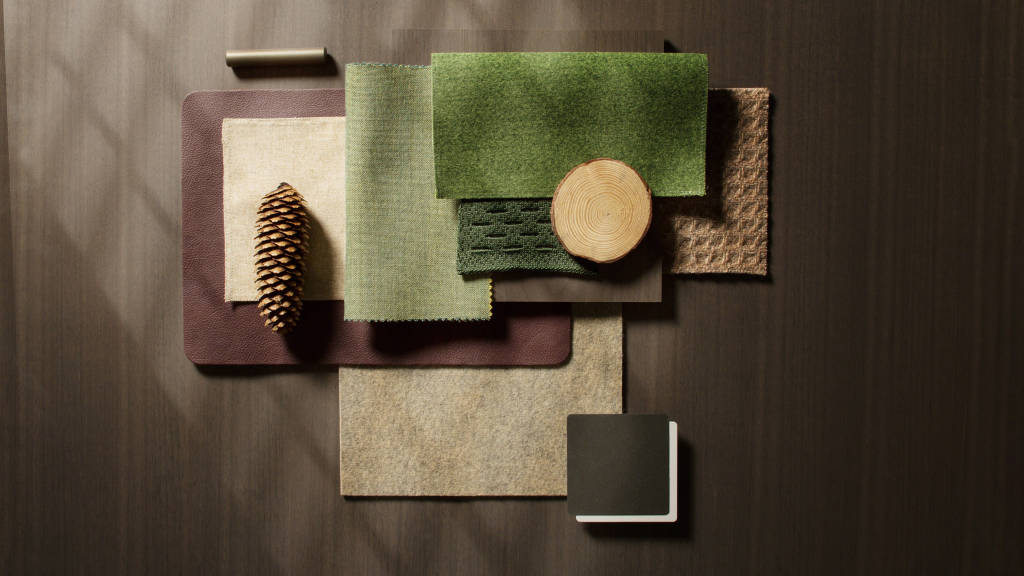
A Biophilic Design Partnership
Biophilic design is increasingly being integrated into furnishings as well as architecture. Steelcase brands Coalesse and Designtex have co-created a series of patterns, color palettes, textiles and print capabilities in North America that bring the principles of biophilia to core product applications for the design community.
“This process isn’t just about a fabric or an isolated thought about biophilia,” says John Hamilton, director of global design at Coalesse. “We’re interested in subtle cues we can design into products, because the brain is wired to see abstract representations and fill them in. What are the key triggers that we can introduce that will create a deeper emotional experience? With Designtex we’re developing solutions that will suggest nature across a variety of surfaces. We want our fabrics and furniture to make a space feel more connected and emotionally satisfying to the user.”
The collaboration was symbiotic. Designtex had a variety of technical applications that it wanted to implement, such as quilting, embroidery, woven pattern, print methods on a variety of films and material surfaces and leveraging new techniques with non-natural fibers. Coalesse had been developing and employing printed pattern in more colors in its product line, leading to a deeper exploration of natural inspirations and palettes.
To create a biophilic pattern, the process has been one of progression, from direct natural sources through many steps of manipulation and reduction. Ultimately, the motifs have the resonance of a natural form or rhythm, but are experienced as a simple geometric or dimensional texture.
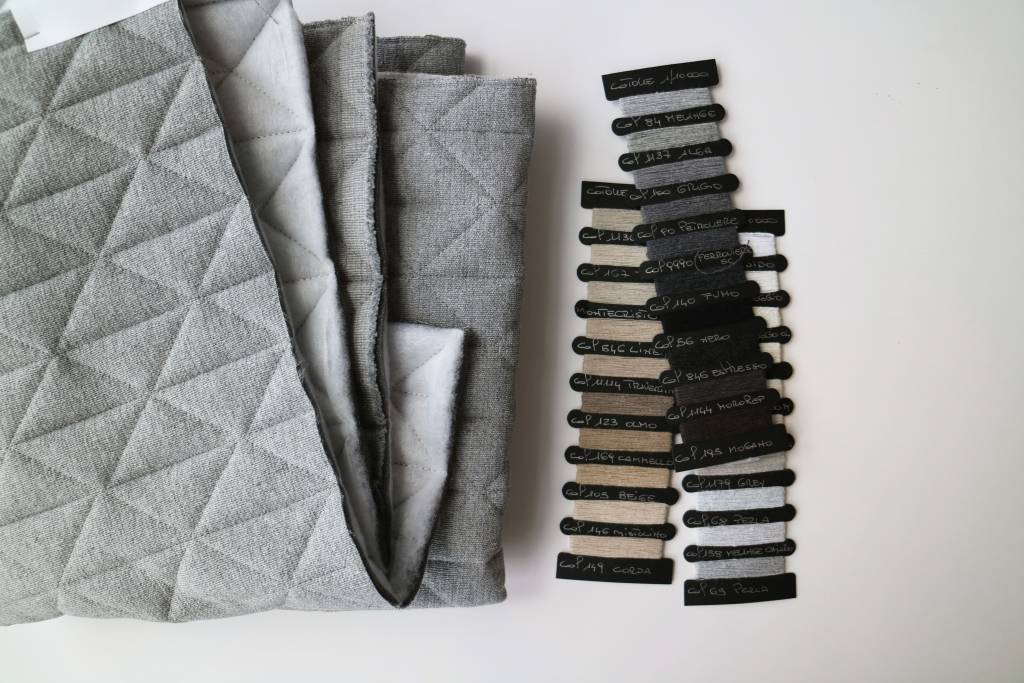
“Solid wood planks or veneer will be less dissonant for the brain than a simulated wood grain printed on tile.”
John HamiltonDirector of Design, Coalesse
In designing fabrics for upholstery, the partnership has also uncovered practical information about the preference for small- and large-scale patterns that can meet irregularly at seams. These scales avoid visual disturbance, echoing the uneven repetition of visual signals in nature.
“We can now weave or embroider or quilt those patterns in right sizes, for example into Designtex’s fabric,” adds Hamilton. “There’s a whole series of fabrics that are coming out in new more natural colors, and other ground cloths with a variety of patterns woven into them.”
For prints and printed surfaces such as film on glass, patterns can be further manipulated digitally, or designers can provide their own pattern work for production. Responding to the growing trend for more customization as well as the need to make choices simpler, the Coalesse-Designtex collection is offered as a set of standards to work from. “For a designer, the blank slate can be its own challenge. So, we’ve done the research for our clients around these colors and patterns. They can be used as starting points for further customizing.” notes David Siegel, director of Surface Imaging, Designtex. “That process of theme and variation happens to echo exactly how pattern exists in nature.”

